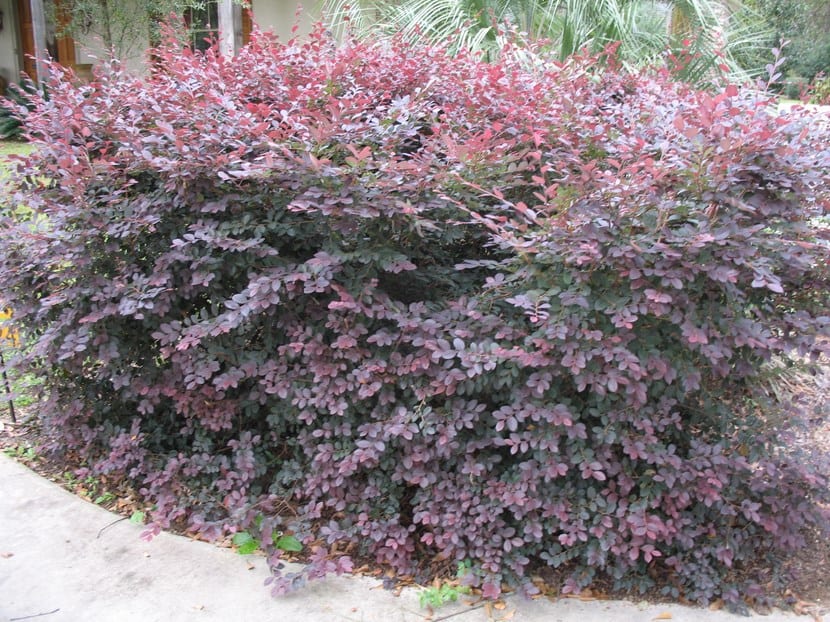
If you want to add some color to your garden you can think about having a Loropetalo it is a plant that has a particular color and that is why it stands out in the middle of the green landscape.
It is not one of the most popular plants on the market and perhaps that is why it is even more interesting. It is a species that belongs to the same family as the Hamamelis and that is why its flowers are reminiscent of those of this plant.
Plant of Asian origin

Little by little we see more and more loropetalum in nurseries and that is why today we are dedicated to knowing the benefits of this plant of Asian origin to which you have to have some patience because it is slow growing. Even so, when it reaches maturity it can reach a height of two meters.
The Loropetalum is a evergreen shrub that stands out for its flowers They are similar in appearance to Hamamelis although pink instead of yellow. Its scientific name is Chinese Loropetalum and it is an ornamental plant because the color of its flowers added to its ribbon-shaped petals make it striking and beautiful.
The bush has a rounded shape and is leafy, so it is ideal to cover open areas. Also because it has erect and branched stems, with green leaves during spring that turn purple with the arrival of autumn.
Although this is the most common variety of Loropetalum, there are some dwarf species, which are chosen when you want to grow it in rockery or to cover the ground.
Care

To have your Loropetalum in optimal conditions, it is best to rest in a place of partial shade and in acidic and cool soil but with some humidity. It is ideal to combine with other acidophilic plants, such as camellias, azales or heather.
Unlike other species, the flowering occurs during winter and spring but it is curious because the plant is not resistant to cold and that is why it is advisable to protect the plant during frost and prevent the temperature from exceeding -5 degrees Celsius.
La pruning is done after flowering and it is about removing those branches that have grown in excess or that are out of tune with the shape that you want to give the bush.